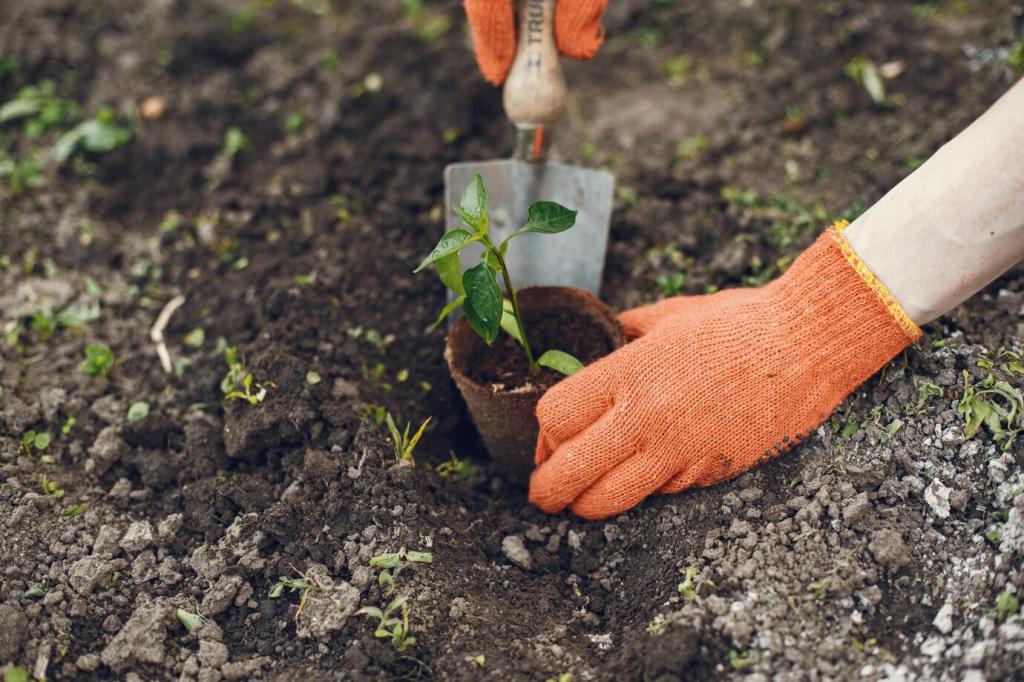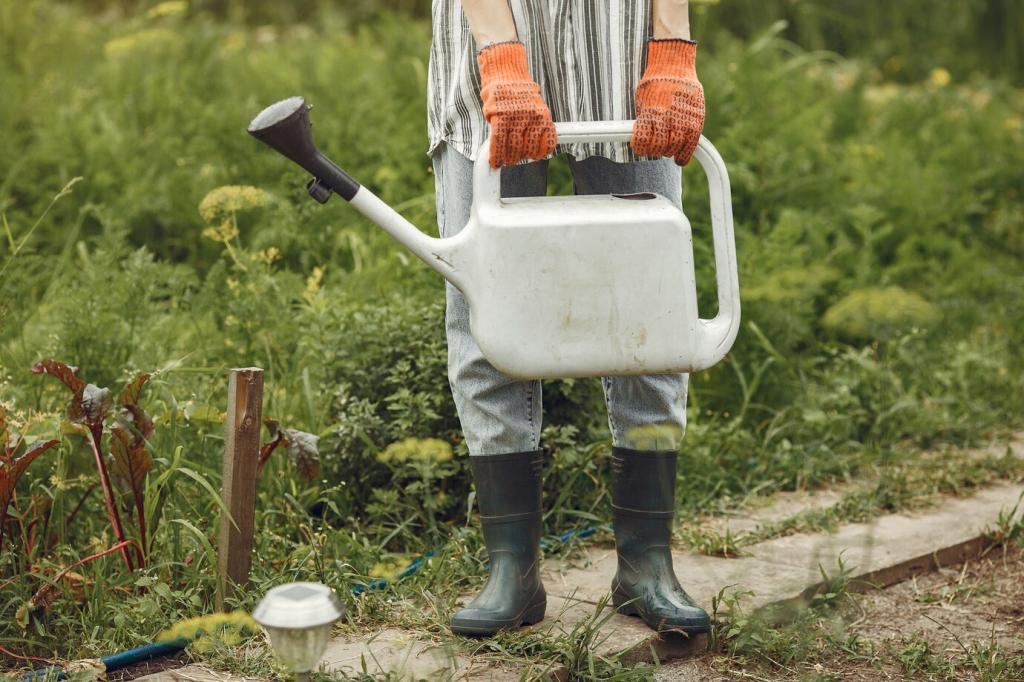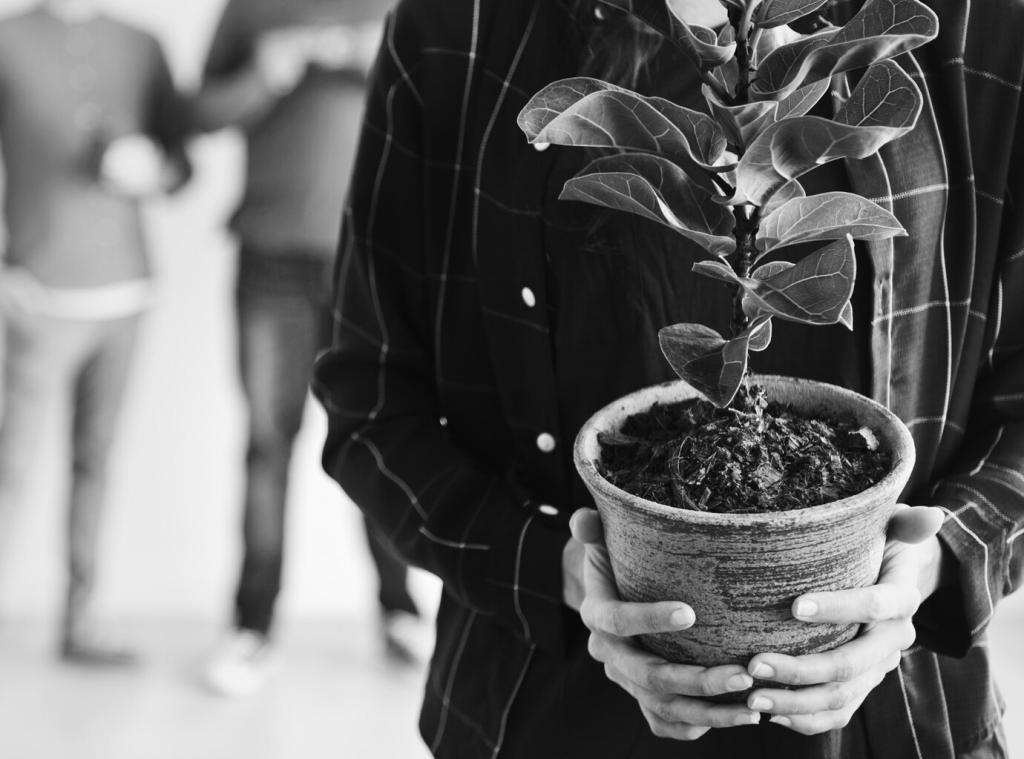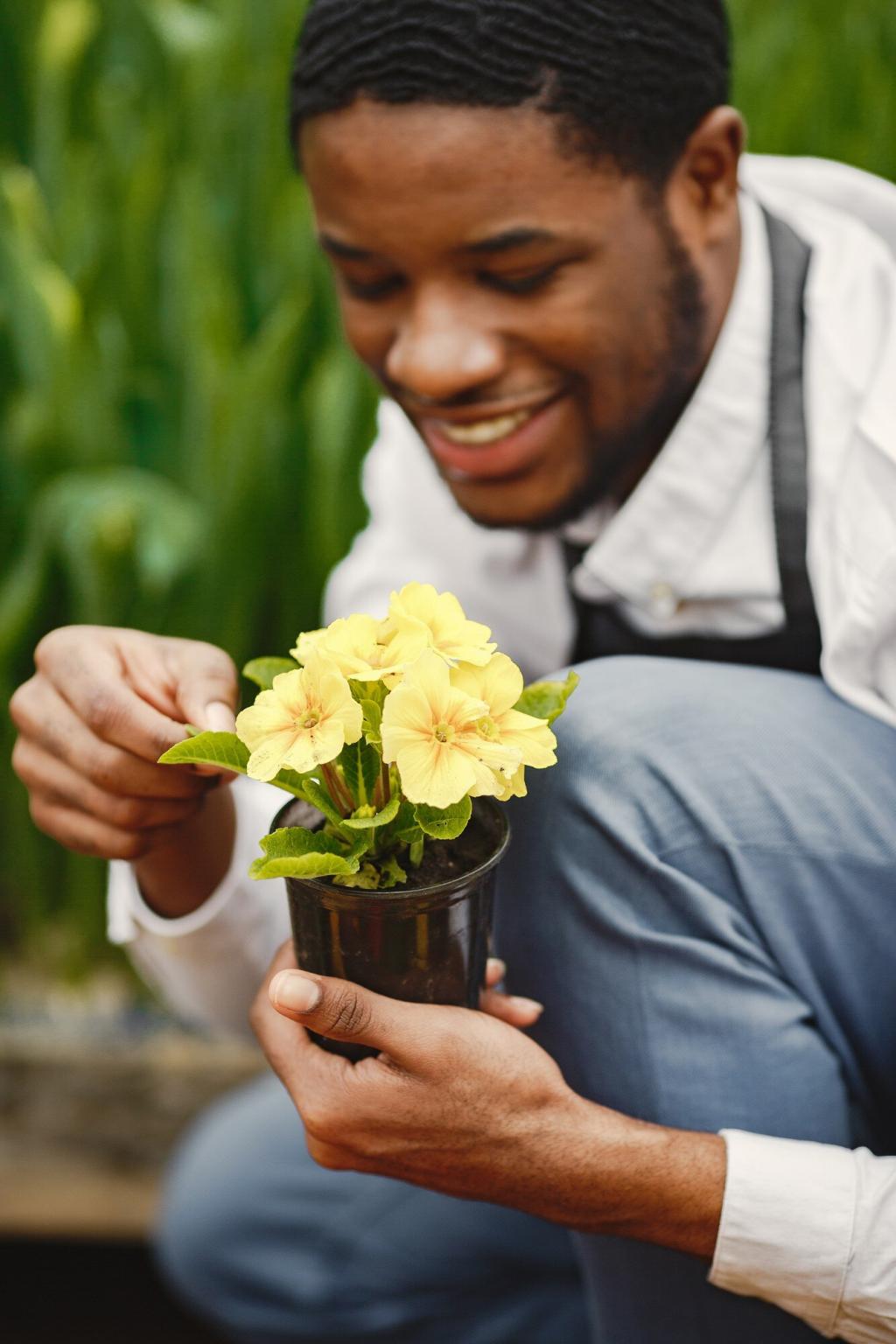Indoor Plant Survival Guide: Winter Care Tips
Recognizing Dormant Signs
Dormancy can manifest in several ways, depending on the plant species. Leaves may yellow or drop, stems can look less vibrant, and new growth may be virtually nonexistent. Rather than reacting with concern, recognize that these changes are expected and natural as your plant conserves energy. This period is a signal to adjust your routine—over-caring can be as damaging as neglect during winter dormancy. Embrace these signs as your cue to modify your care strategies accordingly.
Adjusting Care During Dormancy
When plants are dormant, their metabolic processes slow, meaning they need significantly less water and virtually no fertilizer. Resist the temptation to stick with your summer care routine. Give your plants time to rest by reducing watering frequency and holding off on feeding until spring. Regularly check soil moisture, but only water when the top inch is dry. Overwatering during dormancy is a major cause of root rot, so err on the side of caution.
Optimizing Indoor Lighting for Winter
01
The position and orientation of your windows play a significant role in winter plant survival. Move your plants closer to windows, particularly those facing south or west, to take advantage of limited sunlight. Regularly clean window panes to allow more light through, and rotate your plants every week or so to promote even growth. Clearing away heavy curtains or obstructions also amplifies available natural light, offering your plants the best chance to photosynthesize efficiently.
02
Even with strategic placement, some homes simply don’t receive enough natural light during winter. Consider investing in grow lights designed to replicate sunlight’s full spectrum. Fluorescent or LED grow lights are energy-efficient and safe for most houseplants. Place lights about 6–12 inches above the foliage and leave them on for 10–14 hours daily for optimal results, mimicking natural sunrise and sunset cues for your plants.
03
Not all plants react the same to winter light changes. Monitor your plants for symptoms like leaf drop, fading color, or leggy, stretched growth—signs they’re reaching for more light. If you observe these symptoms, reassess your lighting strategy and don’t hesitate to adjust positions or invest in stronger artificial lights. Proactive response to light deficiency will maintain healthy, compact growth and help your plants weather the winter gloom.
Managing Watering Routines
Each plant and environment is different, and adjusting your watering frequency based on actual moisture levels is essential. Test soil by inserting a finger about an inch deep—if it’s still moist, wait a few days before watering again. Different pots and soil types also dry out at varying rates, so avoid adopting a “one size fits all” routine. Instead, focus on responsiveness and observation throughout the cooler months.
Addressing Humidity Challenges
Identifying Low Humidity Issues
Symptoms of low humidity include browning tips, curling leaves, and increased shedding. Some plants, such as ferns and calatheas, are particularly sensitive to dry air and will quickly show signs of distress. Recognizing these signs early helps you intervene before serious damage occurs. Don’t assume that all leaf browning is due to watering errors; environmental humidity often plays a much larger role during colder months.
Increasing Humidity Effectively
There are several strategies available to boost humidity for your plants. Grouping plants together creates a microclimate with naturally higher moisture in the air, while placing water-filled trays near radiators or humidifiers can also help. Regularly misting sensitive species offers some relief, but be cautious to avoid fungal issues. Investing in a room humidifier is a reliable way to create consistent, plant-friendly humidity through winter.
Maintaining Consistent Moisture
Fluctuating humidity levels can stress plants and lead to inconsistent growth. Once you’ve found a solution that works, try to maintain a steady environment by monitoring with a digital humidity gauge. Keep away from drafty windows or vents that create rapid changes in air moisture. By ensuring a stable, humidity-rich setting, your plants will fare far better against winter’s dry air challenges.

Avoiding Drafts and Heat Sources
Drafty windows or doors can expose plants to sudden cold shocks, while radiators and fireplaces create hot, dry conditions that suck moisture from leaves. Place your plants where they are shielded from direct hot or cold air flows. Never set pots directly on heating vents, radiators, or near frequently opened doors to the outside. A consistent, moderate room temperature between 65–75°F provides an ideal climate for most species.

Monitoring Night Versus Day Temperatures
Winter nights can bring significant temperature drops, even in heated homes. Be mindful of window sills and uninsulated areas, which may get much colder after sunset. Move your plants a few inches away from glass panes at night or use insulating curtains to buffer them from chilly drafts. Ensuring the nightly temperature doesn’t fall radically below daytime conditions will help minimize stress and prevent cold damage.

Responding to Temperature Stress
Temperature stress often appears as sudden leaf drop, wilting, or blackened edges, especially after exposure to cold drafts. If symptoms arise, assess your plant’s location and make adjustments to limit temperature variation. Use a reliable thermometer to spot problem areas in your home, and remember that most houseplants prefer steady, moderate warmth over fluctuating highs and lows. Attentive placement safeguards plant health throughout the winter season.

Winter plant pests may include spider mites, aphids, and fungus gnats, all which prosper in warm, dry indoor environments. Examine leaves—especially the undersides—and stems regularly for small insects, webbing, or sticky residue. Early discovery is key, as infestations can escalate rapidly and cause widespread damage if ignored. Catching problems before they become severe makes control and eradication far easier.

A two-pronged approach works best for pest control in winter. For minor infestations, gentle cleaning with a damp cloth or a diluted soap spray can remove most pests safely. For tougher cases, consider horticultural oils or insecticidal soaps, always following label instructions to avoid harming your plants. If using chemical treatments, ensure good ventilation and avoid applying more than necessary. Regular maintenance checks prevent pests from taking hold.

Healthy, well-cared-for plants are naturally better equipped to resist pest invasions. Follow all best practices for light, watering, and humidity to ensure your plants remain vigorous. Stress-free plants can ward off pests more effectively, whereas those weakened by improper care are prime targets. By promoting strong growth and quickly addressing care issues, you build a natural line of defense against winter pest problems.
Adjusting Fertilizer Use
01
Knowing When to Stop Fertilizing
As a general rule, stop fertilizing your indoor plants by late autumn and resume only in spring when new growth appears. Winter’s lack of sunlight and cooler temperatures mean plants can’t make good use of the nutrients. Continuing to fertilize during this period can accumulate unused salts in the soil, potentially damaging sensitive roots. If you observe any new, pale, or spindly growth, halt fertilization immediately and allow your plant time to recover.
02
Choosing the Right Fertilizer
If you have certain plants—such as winter-blooming varieties or those with ongoing active growth—use a diluted, balanced fertilizer just once a month during winter. Avoid high-nitrogen formulas, which can push unwanted leaf growth without supporting overall health. Read product labels carefully and opt for organic or slow-release products when possible, as these are less likely to overwhelm dormant or semi-dormant plants.
03
Flushing Out Soil Salts
Even without fresh fertilizer applications, mineral salts from previous feedings can accumulate in the potting mix, particularly when watering frequency drops in winter. Every month or two, thoroughly flush the soil with room temperature water to rinse out excess salts—just ensure good drainage to prevent root rot. Consistent soil care keeps plant roots healthy and sets the stage for vigorous spring growth.
